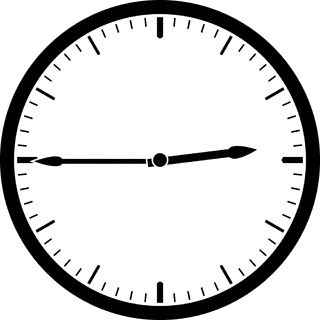Childhood Poisonings
The Number One Cause of Death from Injuries
Poisonings are responsible for a large number of injuries in both children and teens in the United States and according to the American Academy of Pediatrics are the number one cause of death from injuries in people of all ages. Statistics from the Centers for Disease Control and Prevention (CDC) indicate that 87 people die in the United States each day from unintentional poisonings and another 2,277 are treated in Emergency Departments. The third week in March is National Poison Prevention Week and the first step in preventing poisonings is to be aware of the top five causes of poisoning death.
Top Five Causes of Poisoning
Household cleaners
Cosmetics and personal products
Sedatives, hypnotics and antidepressants
Foreign bodies, toys and other objects
Pain killers
Preventive Measures
Preventive measures include educating children about not eating or drinking anything without checking with an adult, using child resistant packaging and keeping household plants and products out of reach. While children may be the major focus of poisoning prevention, it is important to remember that seniors and pets are also susceptible and any prevention efforts should take them into consideration, as well.
For More Information
American Association of Poison Control Centers
Poison Control Hotline
1-800-222-1222
Childhood Poisonings Read More »
